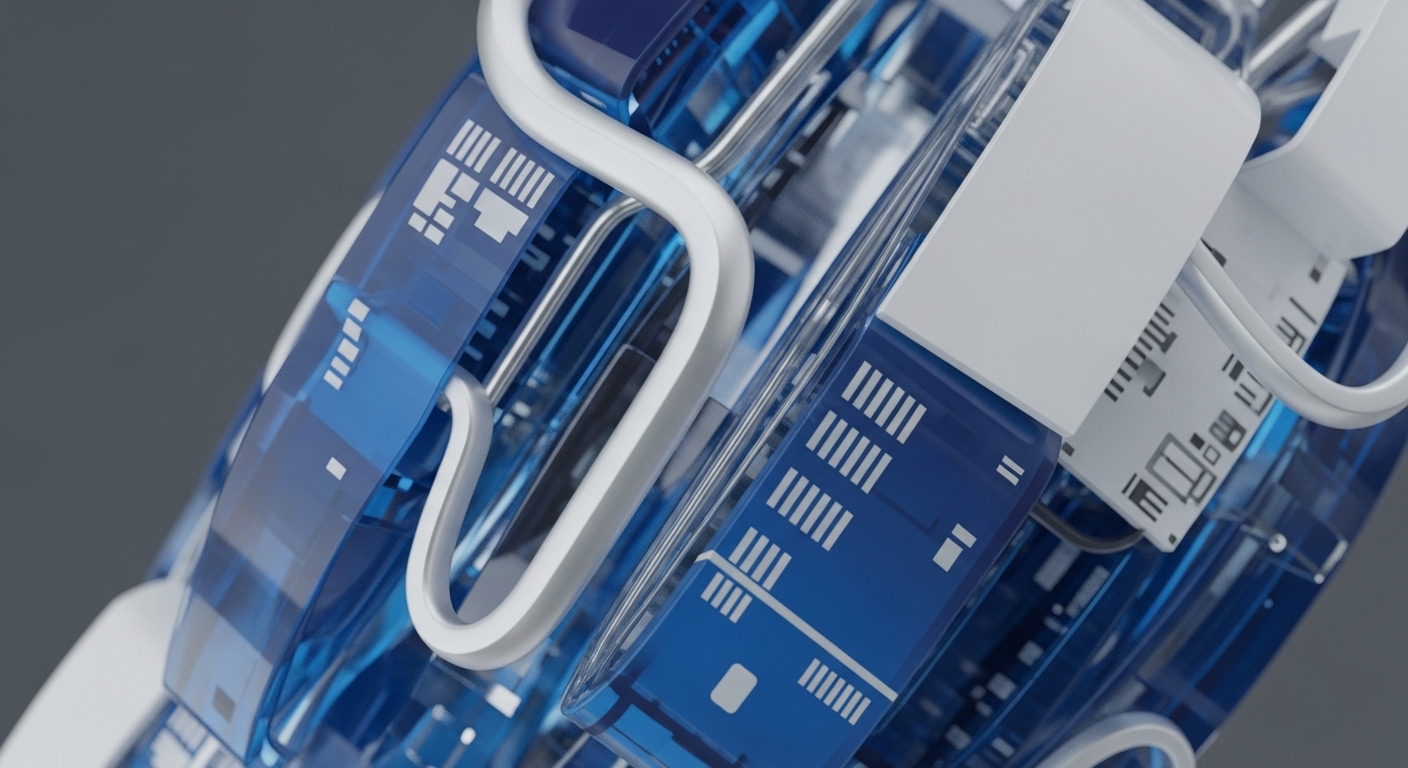
Briefing
Ten European financial institutions, led by KfW, have collectively launched the Regulated Layer One (RL1) DLT initiative to establish a shared, pan-European financial market infrastructure. This move strategically addresses market fragmentation and high-cost settlement by creating a neutral, jointly-governed ledger capable of supporting native digital assets and cash-on-chain solutions. The foundation technology, SWIAT NET, has already successfully completed over 40 transactions with a volume exceeding EUR 600 million, immediately quantifying the production readiness of the underlying system.

Context
The traditional European capital market has long suffered from fragmented post-trade infrastructure, resulting in high operational costs and significant counterparty risk across multi-jurisdictional settlements. This environment necessitates complex, multi-bank relationship management and pre-funding of foreign currency accounts, locking up an estimated $4 trillion in global liquidity and hindering the real-time movement of capital required for modern digital finance. The lack of a common, neutral, and regulated digital ledger has been the primary architectural constraint to achieving true pan-European T+0 settlement.

Analysis
The RL1 platform fundamentally alters the operational mechanics of securities and payment settlement by replacing the bilateral, intermediary-heavy system with a single, shared ledger. The integration functions as a “Regulated Layer One” settlement utility, enabling participants to issue tokenized assets and execute atomic settlement using cash-on-chain solutions. The cause-and-effect chain is direct → the shared, permissioned DLT reduces the number of intermediaries, which lowers transaction costs and eliminates settlement lag.
For the enterprise and its partners, this creates value by reducing capital requirements (less pre-funding) and accelerating the velocity of money, thereby improving overall capital efficiency across the entire consortium’s balance sheets. This shared governance model is critical, as it ensures credible neutrality and interoperability, which are non-negotiable for systemically important financial market infrastructure.

Parameters
- Lead Institutional Partner → KfW
- DLT Network Name → Regulated Layer One (RL1)
- Technology Foundation → SWIAT NET
- Initial Consortium Scale → Ten European Financial Institutions
- Primary Use Case → Pan-European Digital Asset and Payment Settlement
- Transaction Volume (Pre-Launch) → Over EUR 600 Million

Outlook
The next phase involves the formal transition of the DLT network’s ownership into the new European Cooperative structure, solidifying the shared governance model. This initiative is positioned to set a new pan-European standard for DLT-based financial market infrastructure, potentially forcing competitors and non-participating institutions to adopt similar shared-ledger frameworks to remain competitive on settlement costs and capital velocity. The successful scaling of RL1 will validate the model of institutionally-owned, neutral DLTs as the foundational layer for Europe’s digital finance ecosystem.

Verdict
The RL1 initiative represents a critical, decisive move by European institutions to collectively own and govern the foundational infrastructure for future digital asset and wholesale payment settlement.
